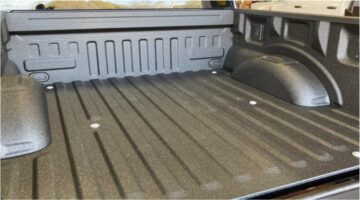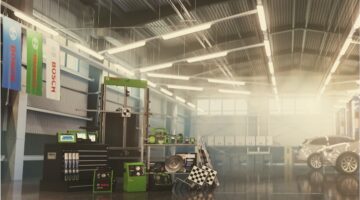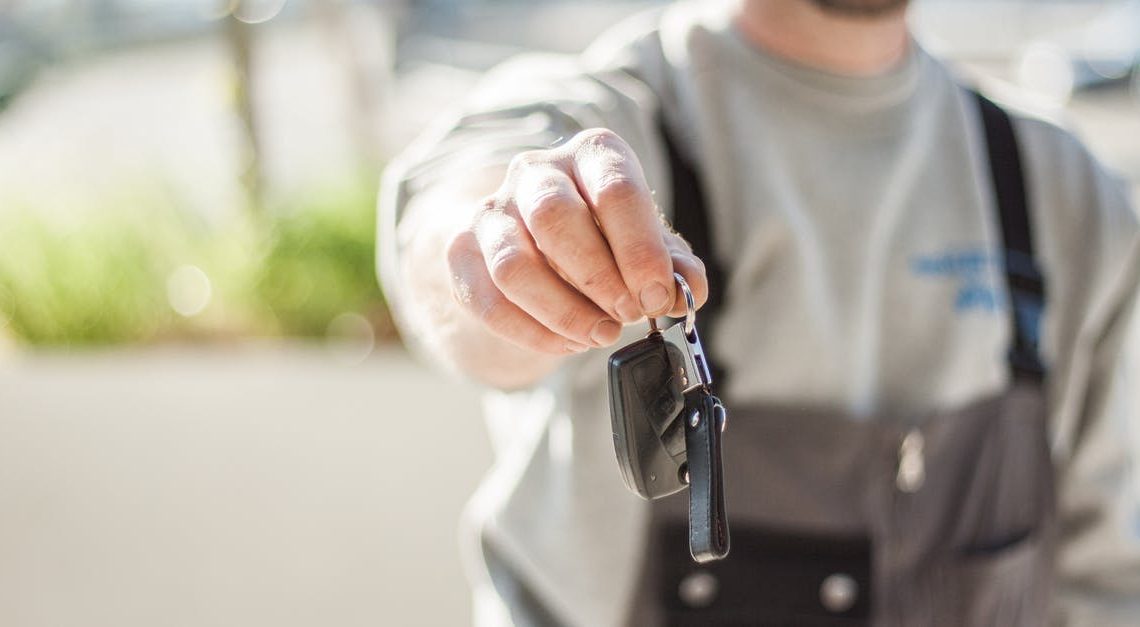The COVID-19 pandemic is pushing the pace of digital transformation and culture change at auto dealerships. Customers now want vehicle purchasing to be a mostly online experience, supported by the retailer’s trained and knowledgeable staff.
Customers Want A Safe Experience
Dealers report that customers are calling to ask if the dealership is open and if they can get service. But the next questions are often about pandemic safety. They want to know what to expect if they come to the retail site. Will there be social distancing, employees wearing masks, limits on the number of patrons allowed inside? Is contactless delivery available?
Safety concerns are also driving consumers to demand more online services, including finance. A benefit of safer online interaction is that customers feel empowered when they can make more choices online. New startup business owners should also take note of these trends in order to succeed.
People Love Solo Test Drives
Car and Driver reports that customers now expect solo test drives to be an option. Even with so much of the car buying experience now taking place in the cloud, customers still crave the validation that comes with a test drive.
Concerns about social distancing, coupled with a desire to avoid in-person sales tactics, have made the solo test drive more common. As with researching their buy online, customers feel more empowered when dealers allow them to do a test drive on their own. This increases the likelihood of them purchasing the car as well.
Declining Sales Make Customer Interactions Critical
With sales dragging, dealers must ensure that each interaction with the customer is positive. Some of this is simple: customers expect a reply to their emails, for example. With sales down, dealerships have to make sure they retain service customers. Some common issues that can hurt service revenue are lack of training, accountability, and performance expectations. Dealers lacking training and metric setting expertise may need assistance implementing these cultural changes.
Even with improved training, building a sophisticated digital infrastructure that facilitates customer communication at every turn is necessary. Business Development Centers (BDCs) aren’t just about closing the immediate sale. A successful BDC can track the customer journey and help define Key Performance Indicators (KPIs) and pain points. Analyzing the data collected, including audio from phone calls, is vital to improving customer service ratings and building trust. Since setting up a Business Development Center (BDC) is outside the scope of most dealerships, some may choose consultants to help with the implementation or outsource the BDC.
Customers Want To Do As Much As Possible Online
The auto industry has lagged behind others in digital transformation, but COVID has forced faster adoption of automotive digital retailing. While the industry is catching up to online commerce, the consumer is already there. Customers now prefer to do their research online. 92% of customers start their research online and spend an average of 17 hours researching before contacting a dealer. This drives down dealer visits, putting a premium on online Customer Experience (CX).
Even prior to COVID-19, customers began to align with online buying from a variety of vendors. Already frustrated with traditional in-person sales methods, consumers now feel more engaged as more of their interactions with dealers are online. The benefits of building out online services can be tangible.
Recruitment and Onboarding Going Digital
With the economic uncertainty created by COVID, staff may be reduced, and some employees may have to relocate. But the closure of some non-essential businesses may provide dealerships with a larger talent pool. Safety concerns also are driving the adoption of digital tools that facilitate socially distant hiring practices, like video conference interviews and online psychological and skills testing. Once hired, the employee onboarding process becomes critical. With so much at stake with each customer interaction, focused training, and proactive analysis of performance data are necessary.
In The Rear View Mirror
To succeed in the new, disrupted automotive market, dealers are shedding the in-person, high touch sales model of the past in favor of a serve-not-sell mission. By supporting the more customer-centric model with digital CX tools, dealers can build trust and lasting customer relationships while increasing traffic.










